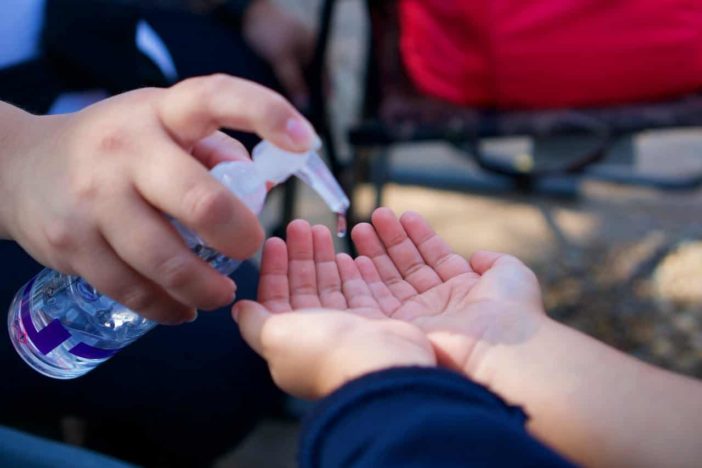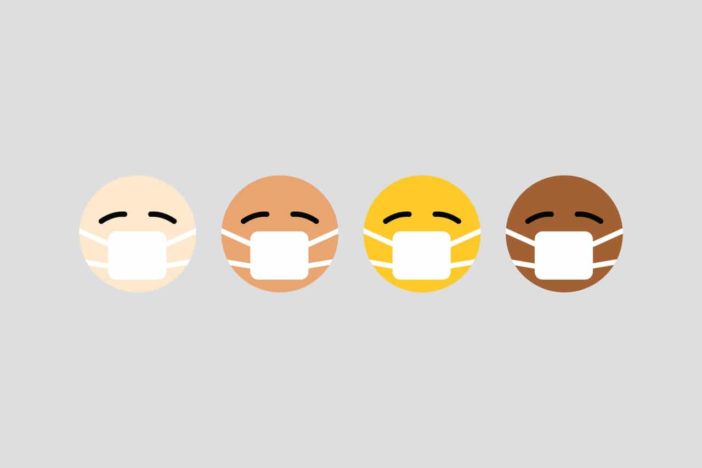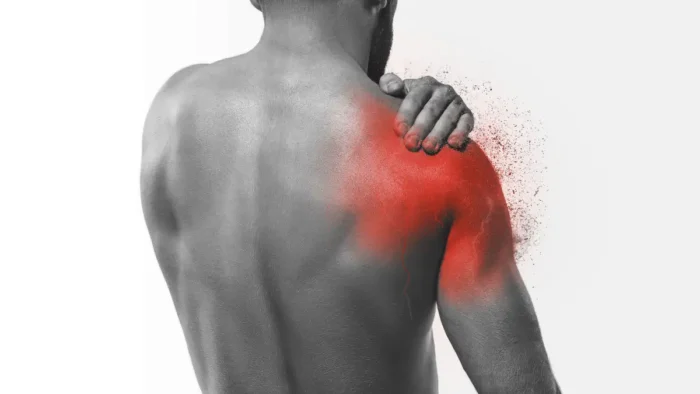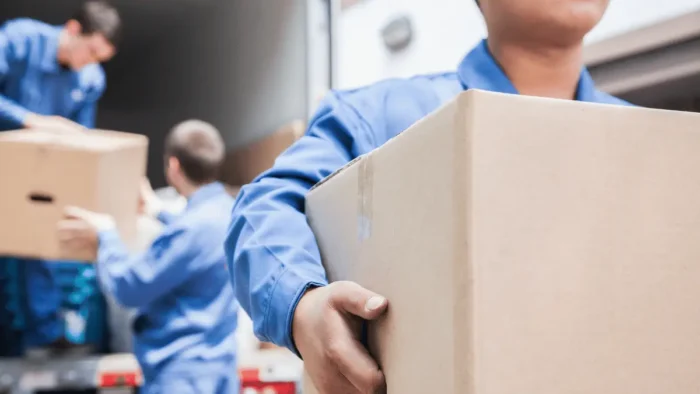Coming back to work after COVID can be very difficult. The situation with the pandemic isn’t any better and now we have to return to our work and be around people. You can cope with the situation a lot better if you implement the following tips.
Handwashing
Handwashing properly is the single most essential thing you can do to protect yourself, your coworkers, and anybody else who comes into contact with you. It may occur everywhere there is access to clean water and soap. If soap and water are not available or you do not have access to clean water, you can use an alcohol-based hand sanitizer instead.
It takes around 20 seconds to thoroughly clean your hands, paying special attention to the backs of your hands, around the nails, in between the fingers, wrists, and thumb. When you’re finished, use a tissue to close the tap and throw it away. Antibacterial gels are effective, although soap and water are preferable.
Protective Screens
When you arrive at work you should look to have a protective screen built-in. They are great for preventing contamination of covid. You can find cut-to-size plastic sheets at Shapes Plastics if you want to implement them at your workplace as this type of protection is great if you are dealing with a lot of clients. Also, it comes in handy to tape some papers on it so you have an easier job.
Masks
As a great step of protection against Covid19, surgical masks provide two layers of protection. When someone breathes out, it initially prevents droplets that may transport germs from exiting the mask. Second, if some droplets do escape the person’s mask, the masks they are wearing prevent them from entering other people’s noses or mouths. The key to making all of this work is to correctly wear masks. Make sure your mask is snug on your cheeks, tucked beneath your chin, and pinching hard where it meets your nose. The aim is to ensure that the top, bottom, and sides of the mask make complete contact with your face.
Gloves
There are many various types of gloves, and they come in a variety of colors, but they are all quite simple to use. Nowadays, most gloves are made of nitrile or vinyl. When putting on gloves, make sure you don’t have any pointy objects on your hands, such as rings or bracelets, as they might damage the glove material. Also, inspect the gloves before wearing them to ensure that they are free of holes. To test this, blow into one and press the air in to check if any air leaves. Replace your gloves if you discover a hole. Pull the gloves down to your wrists and place them on your hands. You don’t want to touch any bodily fluids on the gloves when removing them, therefore there’s a specific technique to do them that’s much more careful than putting them on.
Face Shields
A face covering or mask’s main aim is to reduce the number of contaminated droplets and aerosols that a person coughs, sneezes, or even breathes into the air. Face shields are a cheap and easy-to-make plastic barrier that may be mass-produced or even created at home. They’re frequently employed in medical settings to safeguard healthcare workers from contaminated droplets, especially because they also protect the eyes.
Social Distancing
The virus can also be transmitted when droplets from a cough or sneeze land on a surface and an uninfected person touch the surface before touching their mouth or nose. However, this is less likely. Because numerous individuals touch the same objects, such as copiers or refrigerators, this form of spreading is more likely in offices with many common spaces or where people are in close quarters. The chance of contracting the virus or passing it on to others is considerably reduced when people keep their distance from each other. Even if an infected person arrives to work, the odds of contracting the virus are reduced when everyone in the office maintains social distance.
During COVID-19, workers have legal rights that may protect them. People with disabilities have the right to request reasonable accommodations, such as the ability to work from home. High-risk individuals should also consider requesting these modifications.

Rubbing Alcohol
Rubbing alcohol for domestic use is usually made up of 60 to 70 percent ethyl or isopropyl alcohol solutions. Do not use alcohol solutions that are higher than 70% because they will evaporate faster. Fast evaporation indicates that the alcohol leaves your skin too quickly, leaving insufficient time for the bacteria to be killed. Alcohol acts in the same way that soap does in that it has molecules that attract both water and fat. Alcohol, like soap, can break coronaviruses’ protective envelope apart.
We know that it takes a lot of dedication to introducing some of this advice into your routine, but it is worth doing for your health. By taking care of yourself, you take care of others and this is important if we want to come on top when all this is over.





